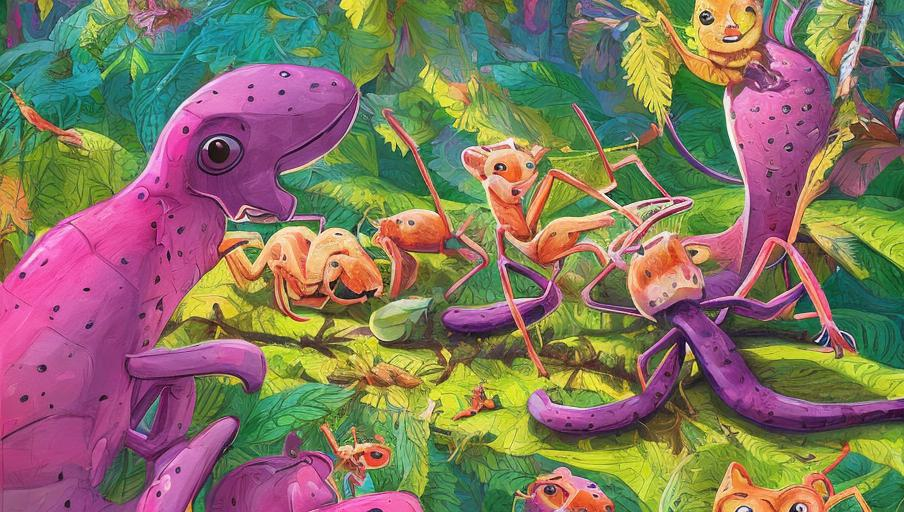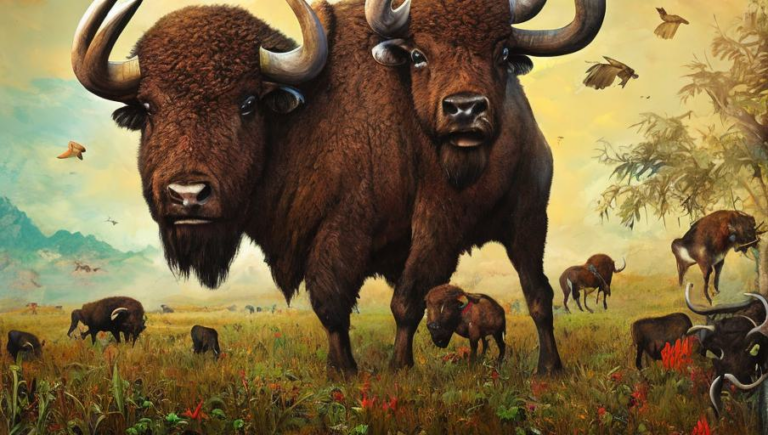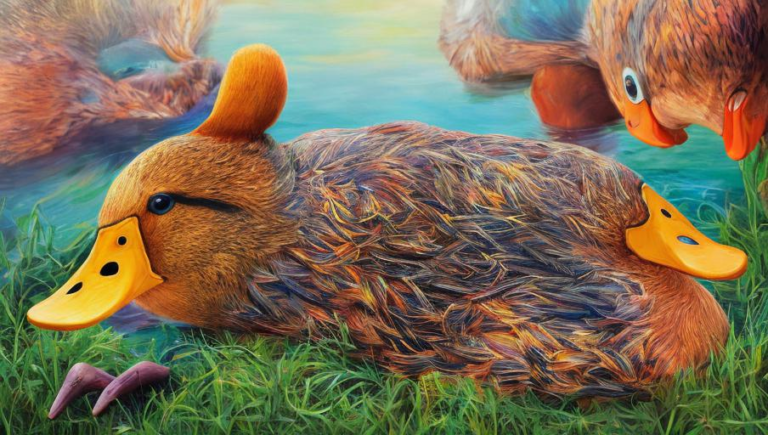Vibrant Diversity of Ant Species

Vibrant Diversity of Ant Species
The ant is an incredibly diverse species that can be found in a variety of habitats all over the world. Ants are social insects that live in colonies and divide labor among members. They can range in size from a few millimeters to a few centimeters in length and can be found living in the soil, on trees, in water, and even in human dwellings.
Basic Anatomy
Ants have three distinct body parts: the head, the thorax, and the abdomen. They have antennae that are used for touch and smell, as well as a pair of mandibles which are used for carrying food and other objects. The exoskeleton of an ant provides protection from predators and environmental changes. The most common type of ant is the worker ant, which is characterized by its small size and its role in the colony.
Behavior and Social Structure
Ants are highly social insects, living in large colonies that can contain thousands of individuals. Each colony is led by a queen, who is responsible for laying eggs and ensuring the survival of the colony. The workers are responsible for gathering food, caring for the young, and defending the colony. Other ant species have different social structures, such as the army ants, which are characterized by their aggressive behavior and large swarms.
Diet
Ants are omnivorous, meaning they will consume a variety of foods. They are known to eat small insects, seeds, fruits, and even scavenge carrion. Some species of ants will even farm fungi, cultivating it for food. Ants can also be beneficial to humans, as some species will consume pest insects, such as aphids, that can damage crops.
Threats to Ants
Ants are threatened by habitat destruction, pollution, and the introduction of invasive species. Climate change is also a threat, as it can affect the availability of food and the ability of ants to survive in certain temperatures. Humans are also a threat, as the destruction of natural habitats for development and agriculture can have a devastating effect on ant populations.
Conservation
Conservation efforts are being made to protect ant species and their habitats. These efforts include the protection of existing habitats, the restoration of degraded habitats, and the introduction of conservation measures in areas where ant species are threatened. Additionally, education and public awareness are essential to ensure that people understand the importance of ant species and their habitats.
The ant is an incredibly diverse species with a variety of habitats and behaviors. They are an essential part of the natural world, and it is important that we work to protect them and their habitats. By understanding the importance of these species, we can help to ensure their survival for future generations.





